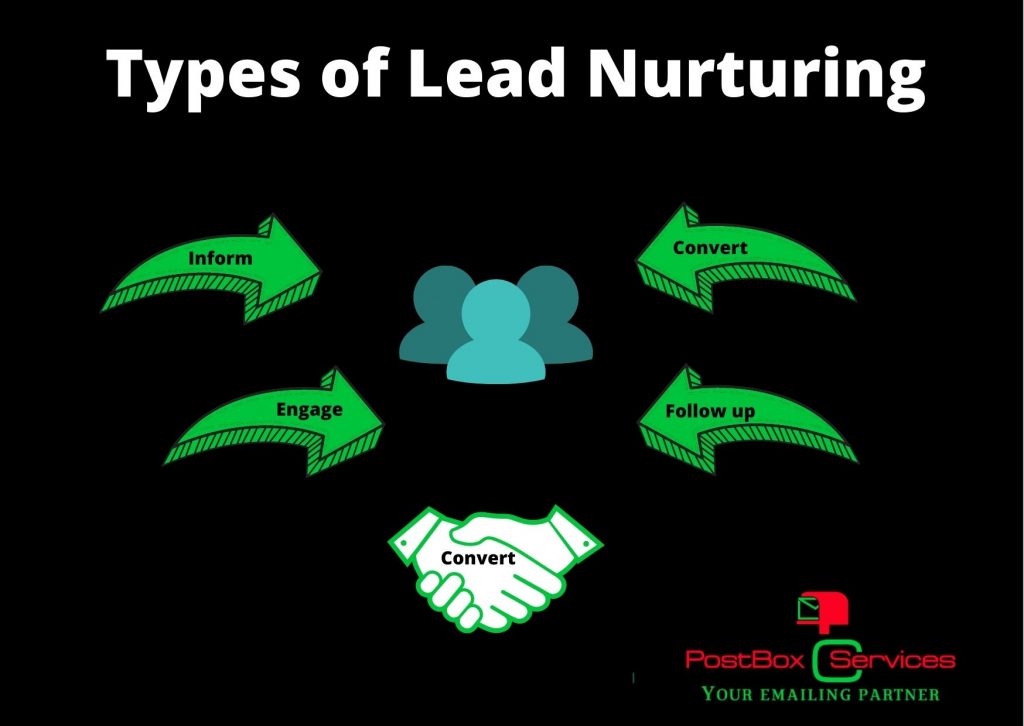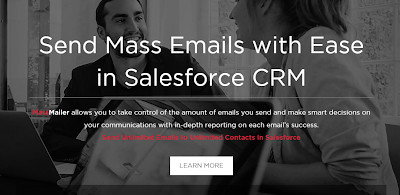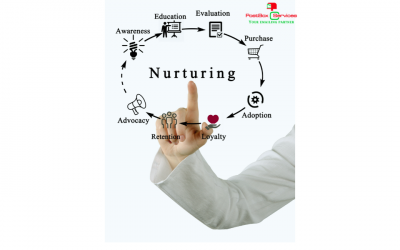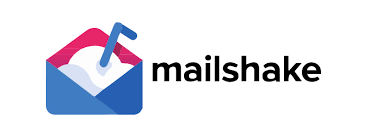The Different Types Of Lead Nurturing Campaigns
Earlier on, we covered the whats and hows of lead nurturing. In this blog, we will cover the different types of lead nurturing campaigns so you can determine what is best for your needs.
Once you have captured the contacts in your email list, this does not mean your job is completed but rather, it has only just begun. These leads need to then be educated about your product or service and you would need to be persuasive enough in terms of messaging to get them to make a purchase. To do so, you would have to nurture these leads.
This is why you must identify the type of campaign you want these leads to interact with.
Engagement
This type of campaign will resonate with those at the beginning of their journey. The content you create for this campaign must be as impactful and as valuable as possible because it is the first interaction a prospect will have with it.
The different types of engagement campaigns are:
1. Welcome campaign
Remember, it is always important to provide as much value as you can before asking them to purchase from you. In other words, give before you take. You can do so by offering a discount, downloadable freebies or anything you feel is aligned with your brand.
These people are new to your brand so you should not be treating them like your existing buyers, they should be given a full series of welcome emails, not just a single one. But, remember to do so at a comfortable pace so it does not come across as if you are spamming their inbox.
The kind of content in this campaign should be light, educational, and easy to digest.
The Welcome series should start by confirming their opt-in and welcoming them.
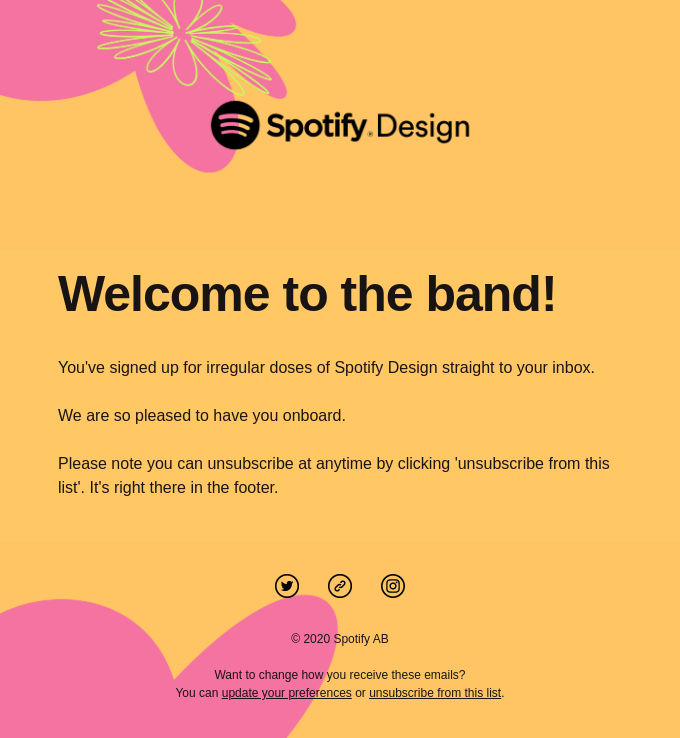
The following emails should tell them about your product, how it would benefit them as well as a background story of the brand and what it stands for.
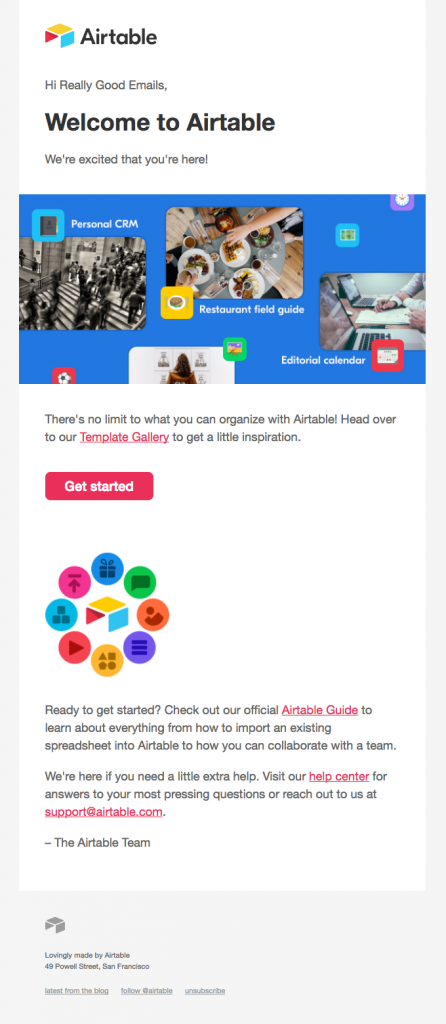
The length of the series is entirely up to you as there is no cookie-cutter approach to this. Just keep in mind that there should be no pressure for them to buy right off the bat, the only goal here is to keep them engaged.
2. Top-of-mind campaign

The point of this campaign is to do exactly that – stay at the top of your customers’ minds. Once they know about your brand, you have to make sure they never forget it.
Of course, in the early stages, your prospects need more time as they are in their information-gathering stage. This is exactly why you should remind them of what you can offer them.
The content of this series of emails should be concise and straight to the point in addressing their pain points and how you are the best solution for it.
Content-wise, you can use UGCs, share your blogs, or anything that you may feel is relevant for them to make a purchase.
3. Re-engagement campaign

Roll out this campaign to target the prospects who have become inactive at some point during their buyer’s journey. The goal of this campaign is to steer them back toward making a purchase. Bring them back by serving them content that answers their pain point, make your product or service something they cannot live without and you can even consider throwing in a discount to entice them even more.
Finding the perfect moment to offer this discount for them to instantly make a purchase is key. The defining moment can be identified by analyzing their interests, pain points, and then offering them the solution across digital channels.
Educational
Deploy an educational campaign if your goal is to let prospects know more about your product and service – think of it as empowering them with all the tools they need to be confident in their purchase. You can do so with the following campaigns.
1. Product focused campaign

This campaign is ideal for those who are already aware of your brand and have already snagged with your previous content. This is the reason why you have to serve them a more focused, in-depth contest through this campaign.
The aim of this campaign is to answer burning questions a prospect might have so they can make an informed decision.
Focus on answering the “HOW” question more often. Eg: How your product solves their problem, how your product can change their lives, how you are different from the others, etc.
Focus on your prospect’s pain points followed by features and benefits of your services or product and how it helps solve their problems. Examples (depending on which industry you are in) include:
- Research data
- Customer testimonials
- Case studies
- Proof of concept papers

If you have any “before” and “after” customers, this is the time to utilize them. The content has to really convince customers why they must choose you and how you can help them solve their problems.
2. Competitive campaign
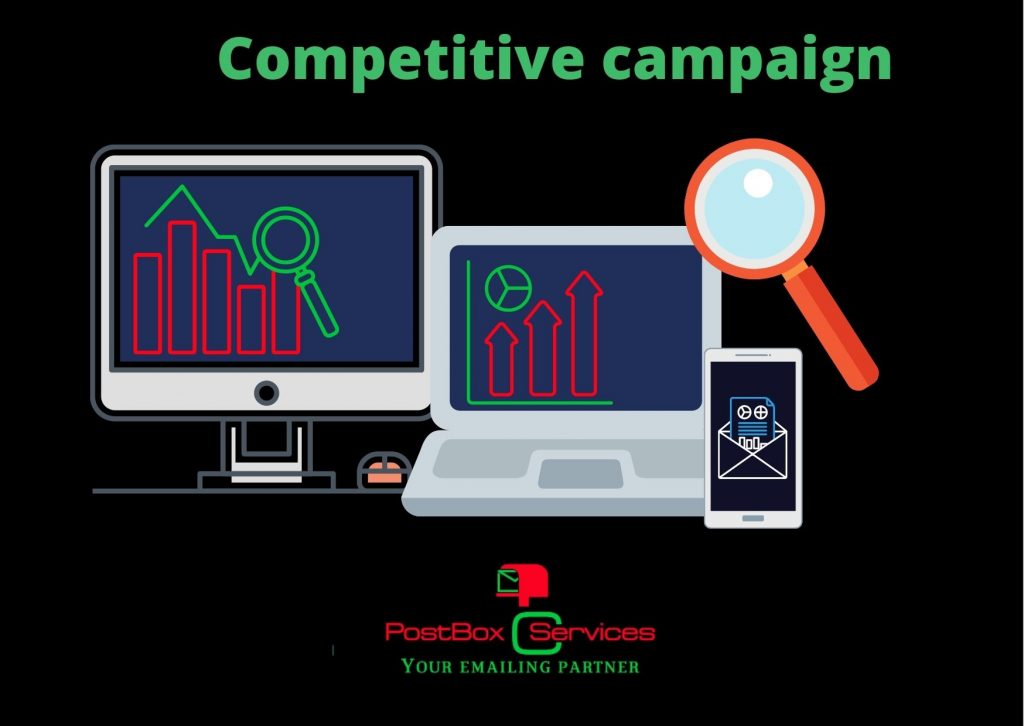
Communicating in a descriptive, storytelling way is important for this campaign. You want to paint a picture in your customer’s head of what life could be like using your product, and what it would be like if they do not.
Show them how you can help, what sets you apart, and most importantly, make them feel something. Go with the communicative angle of making them feel they are not buying a product, they are buying a feeling they could get from making this purchase.
You have to convince them that they are missing out on what could be if they do not use your product, and you want to do so by also subtly telling them how you can give them the solution they need better than the competitors can.
That being said, extensive research on the competitors and your prospects’ psyche would help curate laser-focused content for this campaign.
Improve Customer Retention
Lead prospects to close
Lead nurturing campaigns that engage and educate prospects to happen at the beginning and middle of their buyer’s journey. We will now cover campaigns that could potentially help turn these prospects into paying customers.
The campaigns that we will cover below are best for reaching those in the middle or end of their buyer’s journey.
1. Industry expertise campaign
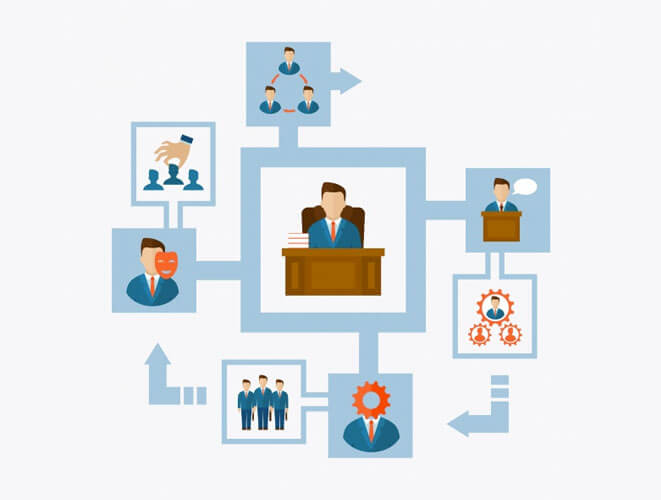
In the previous campaign, you have already educated a potential customer how your product to service can solve their pain points and you have also shown them what sets you apart from the rest. What can you do next to give them the final push? This is it.
With this campaign, you will show them that you are everybody’s go-to in your industry instill more confidence in them. By sharing any press coverage, industry reports, or other high-traffic content, you are positioning your brand as an industry expert.
This will give potential customers they need the reassurance they need that they are purchasing the right product.
2. Promotional campaign
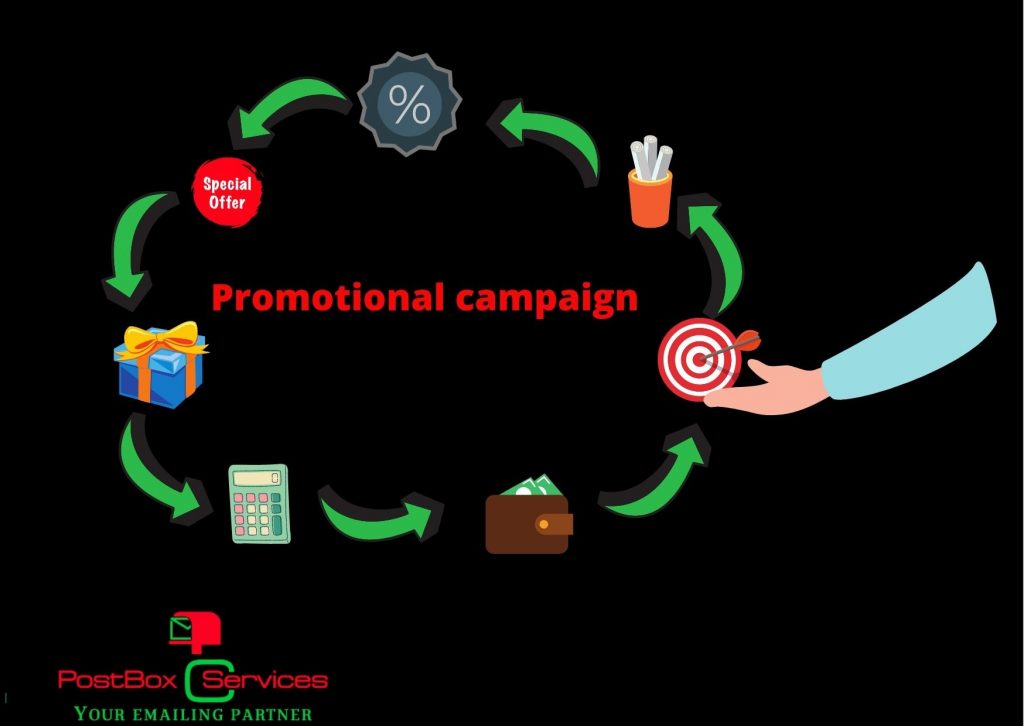
This could also be an “end-of-funnel” campaign similar to the campaign we had just discussed above. If the roadblock is due to price point, then a well-timed email with a discount or free shipping coupon should help change their mind.
Be sure to sift through the list so that only those who genuinely need a discount can get it. There are also instances where people may delay buying which are unrelated to budget constraints. Hence why a discount email has to be timed optimally so that it reaches the real target audience. A no-no is casting a wide net with this email.
Build & Grow Customer Relationships
Once a customer has made a purchase, it does not mean that is the end of the road. There is still more work to be done to maintain a great relationship with them. We do not want to just close prospects, we also want to improve customer retention.
These campaigns that we will delve into below will help turn your first-time purchases into brand loyalists.
1. Onboarding campaign
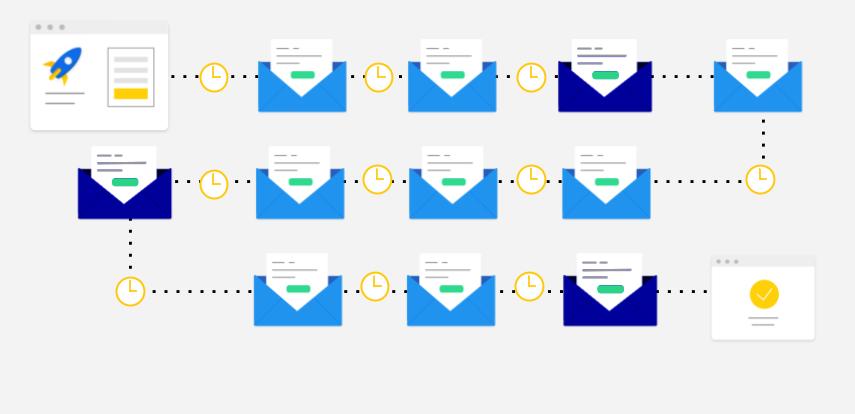
Once you have turned a prospect into a paying customer, you can create a series of emails to send to them where you share all the different products, services, and additional features they can unlock.
The main goal of this nurture campaign is to make customers familiar with new features and special or exclusive offerings.
This campaign should have emails with the following content:
- Next steps
- A list of FAQs
- Information on all your other products
An onboarding series goes a long way in building close customer relationships.
2. Upsell campaign
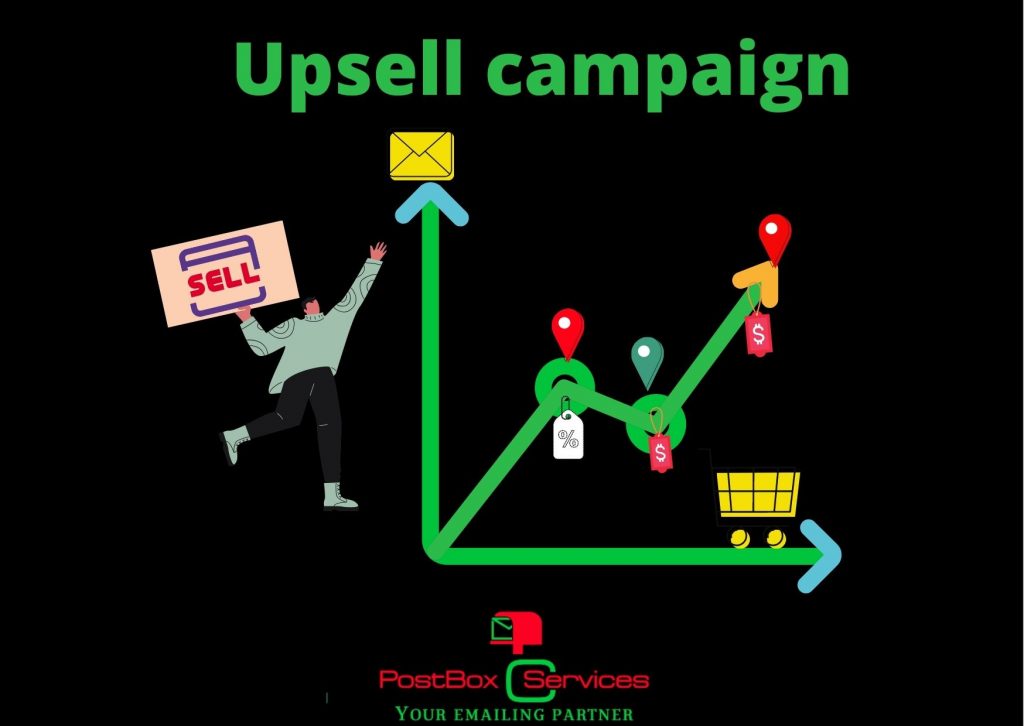
Now that you have an influx of existing customers, you can create an upsell lead nurturing campaign that targets them to consider other products that may suit their needs. When executed correctly, an upsell or cross-sell campaign can bring in additional revenue with very little ad spend.
A successful upsell campaign will provide enough information and incentive to entice them to add on an item or service from you. The message has to be delivered in such a way that this add-on will complement the current item or service they currently have.
3. Renewal campaign
If you offer a product or service that is subscription-based or contract-based, then a rock-solid renewal campaign is what you need. It will serve as a gentle reminder about the upcoming renewals, give them a heads up, and reinforce why they should stick around for longer.
You can send a customized reminder and drips of well-timed nudges as the date of renewal approaches. If they are not interested, exclude them from the list and send them an email saying their subscription or contract is expired and they will no longer have access to the services.

Final thoughts on lead nurturing campaigns
There will consistently be a psychological boundary to individuals spending money. Persuading them that your product or service is worthy of their money requires you to break down those barriers by communicating with them throughout their journey – and that is why lead nurturing campaigns are important.
